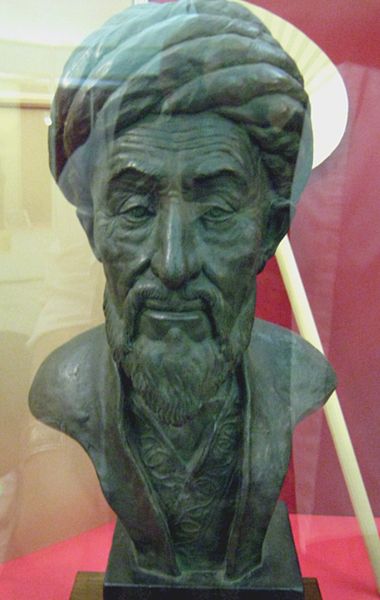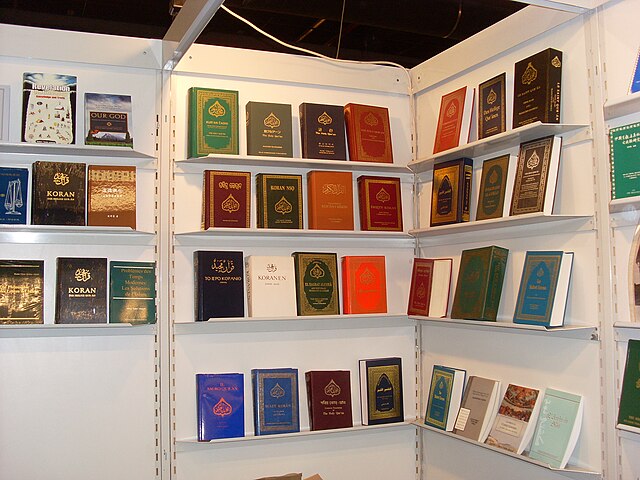A mujaddid, is an Islamic term for one who brings "renewal" to the religion. According to the popular Muslim tradition, it refers to a person who appears at the turn of every century of the Islamic calendar to revitalize Islam, cleansing it of extraneous elements and restoring it to its pristine purity. In contemporary times, a mujaddid is looked upon as the greatest Muslim of a century.
Image: Cristofano dell'altissimo, saladino, ante 1568 Serie Gioviana
Image: Timur reconstruction 03
Image: Shahruch reconstruction
Image: Gentile Bellini 003
Ahmadiyya, officially the Ahmadiyya Muslim Jama'at (AMJ) is an Islamic messianic movement originating in British India in the late 19th century. It was founded by Mirza Ghulam Ahmad (1835–1908), who said he had been divinely appointed as both the Promised Mahdi and Messiah expected by Muslims to appear towards the end times and bring about, by peaceful means, the final triumph of Islam; as well as to embody, in this capacity, the expected eschatological figure of other major religious traditions. Adherents of the Ahmadiyya—a term adopted expressly in reference to Muhammad's alternative name Aḥmad—are known as Ahmadi Muslims or simply Ahmadis.
The White Minaret and the Ahmadiyya flag in Qadian, India. For Ahmadi Muslims, the two symbolize the advent of the Mirza Ghulam Ahmad.
The Shahada, outside the Mahmood Mosque in Zurich, proclaiming the oneness of God.
Some of the many Quran translations by Ahmadi translators at the 2009 Frankfurt Book Fair
Roza Bal shrine in Srinagar, Kashmir








